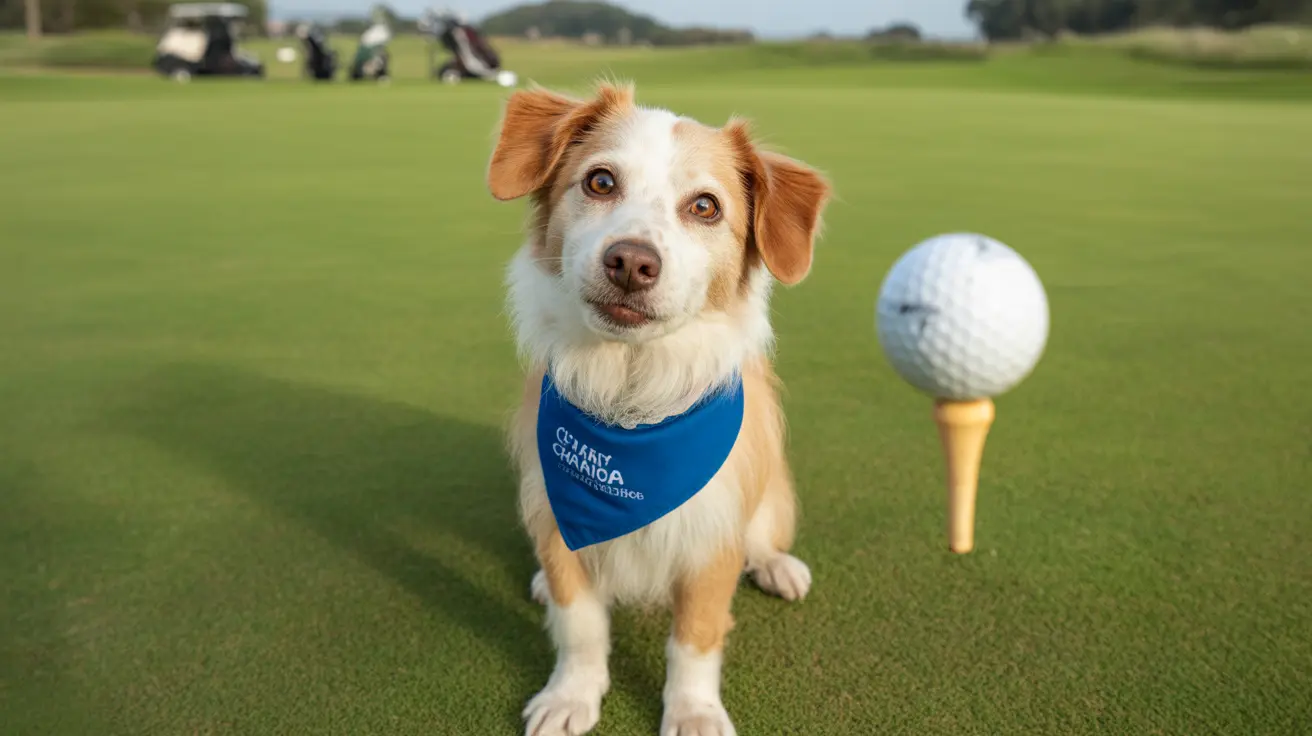How Much Should I Feed My Dog?
Feeding your dog the right amount is crucial for their health and happiness. Too much food can lead to obesity and a host of related issues, while too little may cause nutritional deficiencies. The ideal portion depends on several factors—there's no universal answer that fits every pup.
Key Factors That Affect Feeding Amounts
- Age: Puppies need more calories, protein, and nutrients than adults. Senior dogs often do well on diets tailored for their age, sometimes with fewer calories and ingredients supporting joint or cognitive health.
- Weight & Body Condition: Larger dogs require more food than smaller breeds. If your dog is overweight, cut back; if underweight, increase portions.
- Activity Level: Active or working dogs burn more energy and need a higher-calorie diet. Less active dogs generally need less food.
- Reproductive Status: Spayed or neutered dogs typically have lower calorie needs. Pregnant or nursing females require more food to support their increased energy demands.
- Food Type: Calorie density matters—a cup of one brand may not equal a cup of another. Always check the feeding chart on your dog's specific food label and adjust as needed.
General Feeding Guidelines
If you're looking for a starting point, here are some general rules:
- Adult Dogs: Feed about 2–3% of your dog’s ideal body weight per day, divided into two meals.
- Puppies: Feed 5–8% of their body weight daily, split into three or four meals. As they mature, gradually reduce both frequency and amount.
- Seniors: Adjust portions based on activity level and health status; some older dogs benefit from senior-specific formulas.
If you prefer numbers, here's a sample dry food feeding chart (always double-check your particular brand):
- 3–12 lbs: 1/3–1 cup
- 13–20 lbs: 1–1⅓ cups
- 21–35 lbs: 1⅔–2⅓ cups
- 36–50 lbs: 2⅓–3 cups
- 51–75 lbs: 3–3¾ cups
- 76–100 lbs: 4–4⅔ cups
- Over 100 lbs: 4⅔ cups plus 1/4–1/3 cup for each additional 10 lbs
If You're Feeding Raw or Fresh Foods
The calculation changes slightly with raw or fresh foods. Multiply your dog's weight in pounds by sixteen (to get ounces), then by the desired percentage (for example, use 2.5% for an adult at maintenance):
- A 10 lb adult dog: 10 × 16 = 160 oz; then 160 × 0.025 = 4 oz of food daily.
Feeding Frequency Matters Too
- Puppies up to four months old usually do best with three or four meals per day.
- Adults and seniors generally thrive on two meals daily.
- Tiny breeds or young puppies might need even more frequent feedings to keep energy levels stable.
The Importance of Monitoring & Adjustment
If you notice your dog gaining or losing weight unexpectedly, tweak the daily portion by about twenty percent and keep an eye on their body condition. Measuring food accurately helps prevent overfeeding (or underfeeding), which can have serious health consequences—think joint disease, heart trouble, skin problems, shorter lifespan if they're overweight; fatigue and immune issues if they're underfed.
Your veterinarian is always the best resource if you're unsure how much to feed—especially if you see changes in your dog's weight or overall health. Every dog is unique; breed, environment, metabolism, and medical conditions all play a part in determining the perfect portion size.





